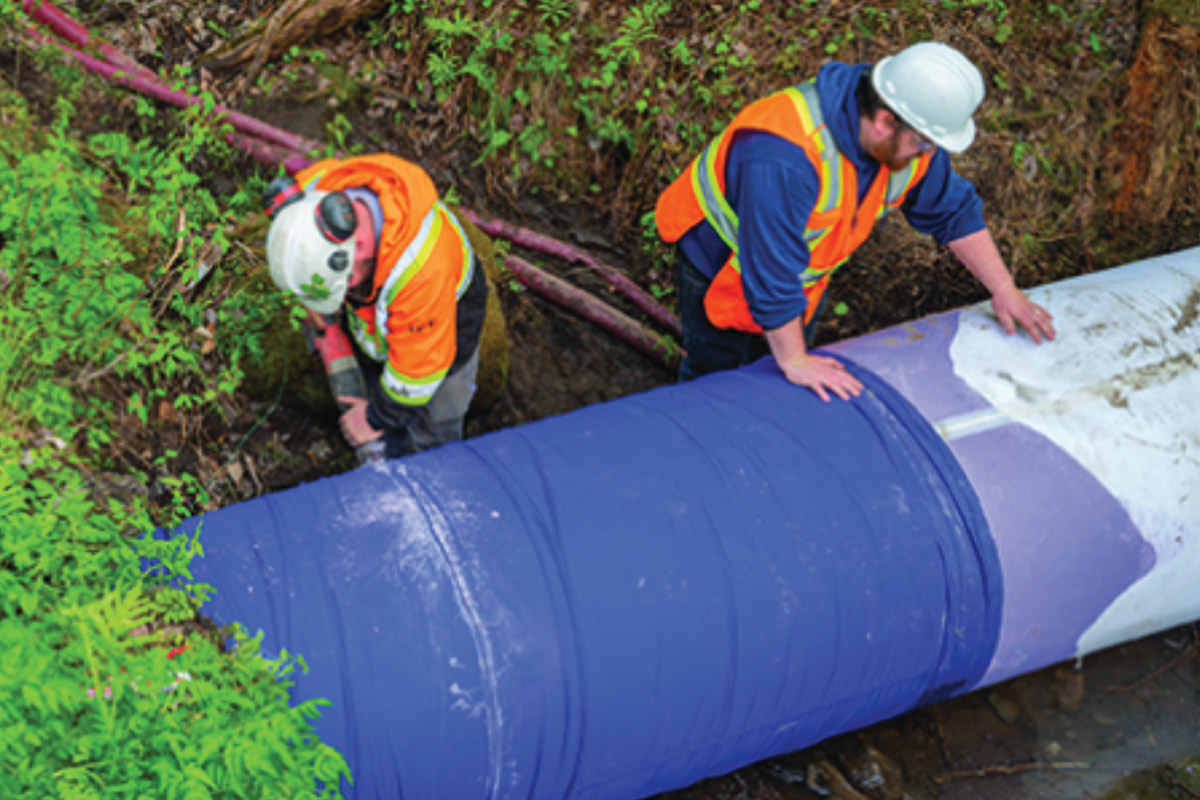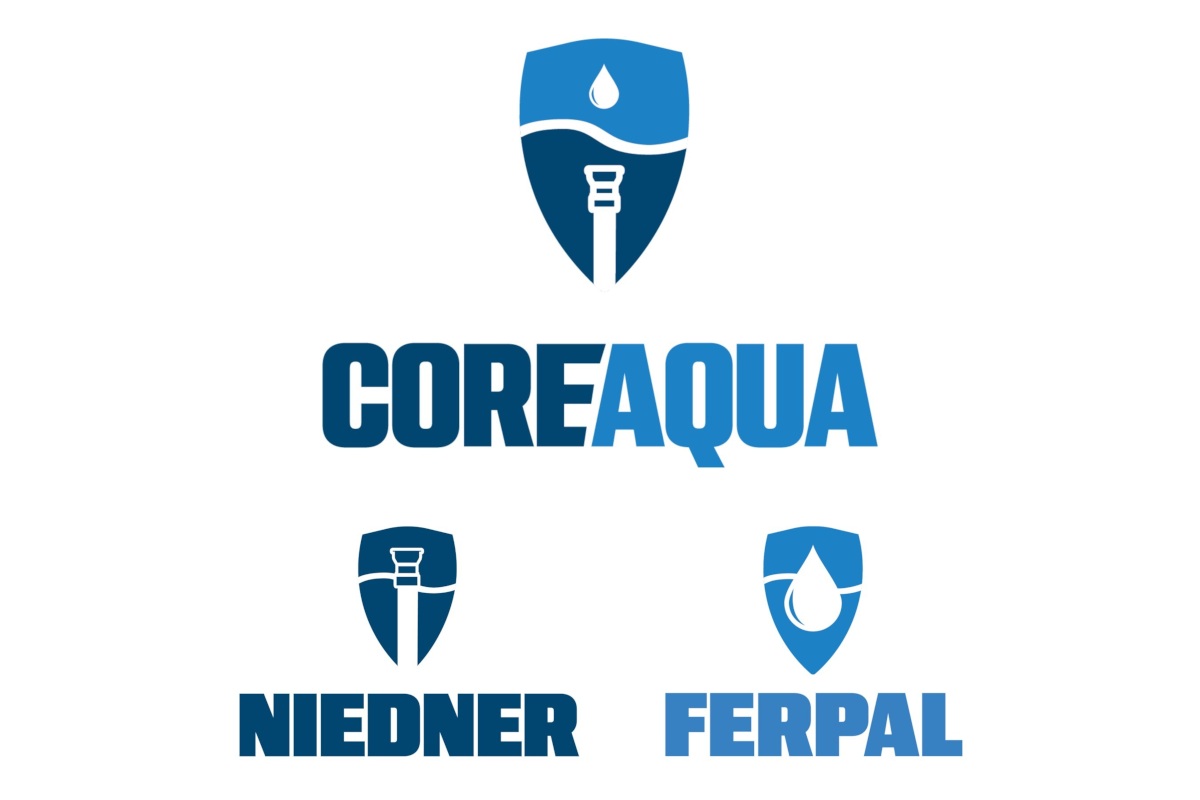
How to Tackle Complex Trenchless Repairs Using CIPP
February 21, 2025 | This content is sponsored. Sponsored content is authorized by the client and does not necessarily reflect the views of Trenchless Technology magazine or Benjamin Media, Inc. View our privacy policy.
Cured-in-place pipe (CIPP) technology is transforming the trenchless industry landscape by offering a reliable solution for complex pipe rehab without the need for excavation.
A project may appear complex, but just breaking it down into smaller projects per example, spot repairs maybe required before installing a manhole-to-manhole liner, which will make the project way simpler and will decrease operational risks.
To better illustrate this approach here’s a step-by-step guide to CIPP installs.
- Initial Pipe Evaluation
Understanding the existing structures is the cornerstone of every successful CIPP project.
Using a camera system to assess the pipe’s condition will help orient you toward the best lining solution for your specific application. Identifying potential problems early allows you to prepare (or to have a third party prepare) the right liner for site-specific requirements. The precision of your measurements, whether it is for length or size, might be more or less important depending on your chosen process, but this does not mean preparation is not key. At this stage you will also need to consider your access points and the location of the drain, spatial constraints will need to be considered in the next steps. - Choose the Right System(s)
As mentioned above, CIPP systems are not one-size-fits-all. Depending on the situation, you may need to select liners with varying chemical resistance, structural strength, and thickness. For industrial applications, a specialized Industrial grade resin like FORMAPOX 301 might be necessary, consider factors like exposure to harsh chemicals, high-pressure flows, temperature fluctuations, and local or regional regulations. Proper liner material for the environment’s demands will impact the longevity of the repair. Also consider your ability to access the host pipe, not all sites offer easy or consistent access, and you might need to be flexible, the right system helps you minimize waste. The more flexible the system, the more efficient and creative your problem solving can be. Third-party certification is also a sign of a robust and proven solution. - Pipe Preparation and Measurement
Preparing the pipe is more important than the install itself. Thoroughly clean the line, remove grease, rocks, loose materials and roots. A clean interior surface will help ensure that the liner will be tight fit to the pipe walls, providing optimal structural integrity and leak-proof performance. Locate any failing portion that may require special attention, laterals, etc… The 3 most important steps to assure a successful CIPP installation are: Preparation, Preparation and Preparation. - Insertion and Curing
Insert the liner in the host pipe using preestablished access points, commonly done using inversion or pull/pushed-in-place techniques. Then expand the liner using air, water, steam pressure or a combination depending on your system. If handling complex installations, such as those involving long runs or unique structural challenges having access to tailored solutions and technical support can make a huge difference (that’s why at FORMADRAIN we have engineers available from 8 a.m. to 8 p.m. for our licensed installers).
Proper curing is crucial. Active curing methods are to be favored for a quality finished product. Heat (via steam or water) or UV light triggers the resin hardening process, creating a durable new pipe. Monitor the curing process closely for consistent heat distribution and curing times to prevent under-curing which can compromise the success of the repair. A steam cured system such as FORMADRAIN’s ensures complete cure every time and a line that’s usable immediately after curing. - Final Inspection
After curing, complete an inspection to confirm there are no blisters, defects or obstructions. Verify that all lateral connections are clear and properly reinstated, depending on your system the line may or may not be usable right away, make sure your client has been advised if they must wait.
Final Notes
With an understanding of the steps above, you can select the right solution to approach even the most challenging repair with confidence making CIPP a great addition to your arsenal.




